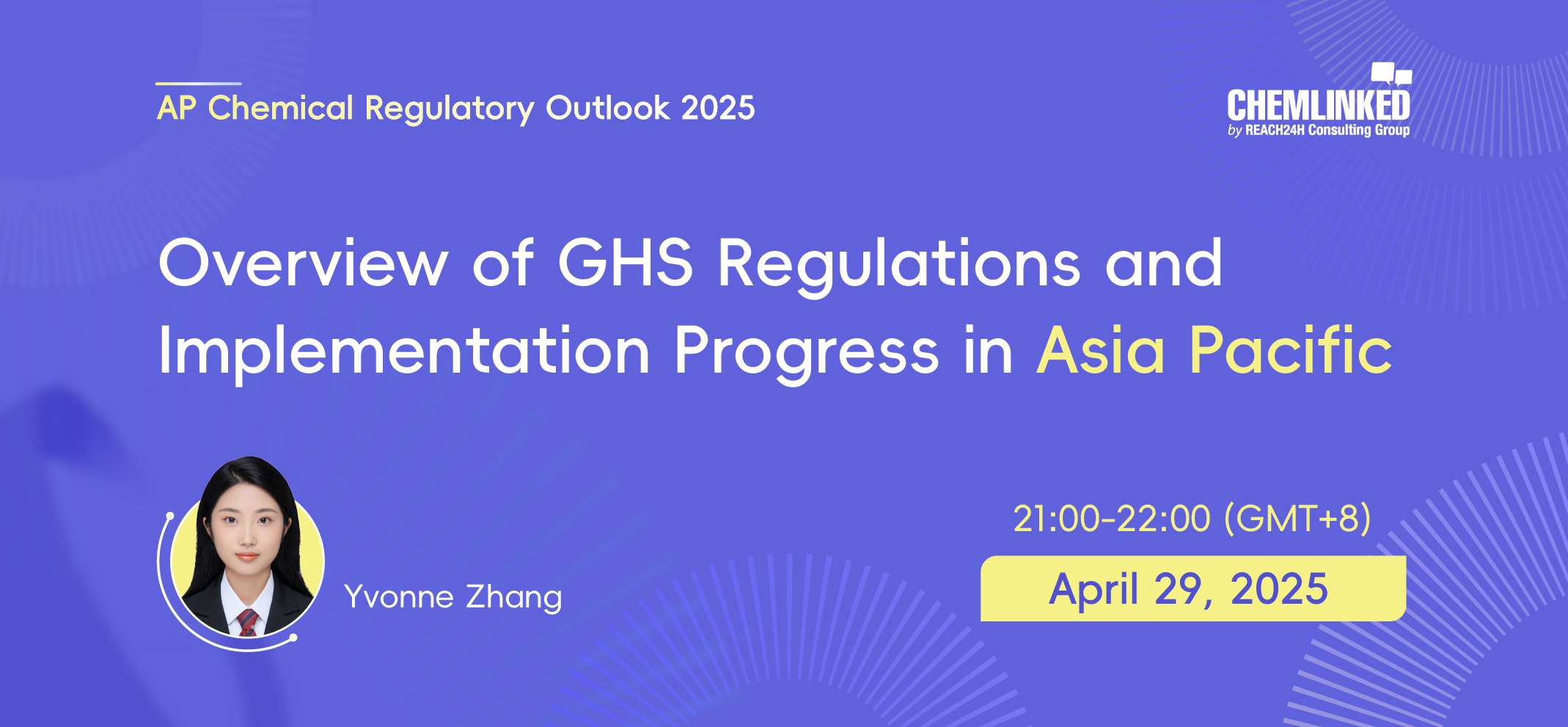CRAC-HCF 2021 Highlights: Compliance Challenges and Preparation of TSCA for Future Restrictions
In 2016 under the Obama administration, the Frank R. Lautenberg Chemical Safety for the 21st Century Act (Lautenberg Chemical Safety Act) was signed into law. The Lautenberg Chemical Safety Act[1] amended the Toxic Substances Control Act (TSCA), the law that authorizes the United States Environmental Protection Agency (EPA) to regulate the manufacture or importation of new and existing chemicals. The goal of the changes was to help boost consumer confidence in chemical safety by allowing for tougheroversight. But the process of implementing those changes has not gone exactly according to plan. Besides, how TSCA might evolve under Biden administration remains a question.In the 13th Chemical Regulatory Annual Conference (CRAC) and Asian Helsinki Chemicals Forum (HCF), Alexandra Dunn, previously served as the assistant administrator for the U.S. Environmental Protection Agency’s Office of Chemical Safety and Pollution Prevention, shared her thoughts with us from the following three aspects:
Risk evaluations for existing chemicals: Less progress than expected
The 2016 TSCA Amendment requires risk evaluations for existing chemicals identified as “high priority”. The evaluation of the first 10 high priority chemicals was completed in January 2021. However, the Biden Administration has determined that, despite completion of these risk assessments, further evaluation of these chemicals is warranted to include additional exposures, such as from air, water, and soil. Therefore, EPA’s reevaluation of these ten chemicals, along with the next twenty chemicals, will use an approach that is drastically different from the previous administration, increasing the possibility of finding unreasonable risks for new and different uses. To improve the efficiency of risk evaluation, pause preemption, a limited period of temporary preemption that arises during the risk evaluation itself, was applied to preempt states or local authorities from taking action.
Though the failure to introduce risk management rules for the first 10 chemicals as scheduled gives companies more buffer time for compliance, manufacturers and importers of the first 10 chemicals and the second 20 chemicals, and even manufacturers of articles containing the above chemicals, need to pay attention to the dynamics of risk assessment for these 30 chemicals to adjust their trading strategies in a timely manner.
PMNs review: Significant backlog and delays
The 2016 TSCA Amendments requires manufacturers and importers to submit the pre-manufacture notice (PMN) to EPA 90 days prior to the manufacture or importation of the chemical. EPA must then review all new chemicals and significant new uses, make a determination, and take required action during that 90-day window, with an extension to 180 days. However, the shortage of staff and the fact that a consent order is needed from the US government for each chemical after EPA’s review created a large backlog of PMNs, some of which can not be done within 90 days, or even 180 days.
This situation is expected to continue in the near future. As Alexandra Dunn suggested, all we can do is to stay in communication with the EPA program director. Companies to trade chemicals in U.S. are strongly recommended leaving enough time for compliance responses and apply for new chemicals as soon as possible.
High-risk chemicals: Tighter risk control
Five final rules[2] have been issued on January 6, 2021 to regulate PBT chemicals, including 2,4,6-Tris(tert-butyl)phenol, Decabromodiphenyl ether, Phenol, isopropylated phosphate (3:1), Pentachlorothiophenol, and Hexachlorobutadiene. In addition,EPA is helping states and local communities target PFAS reductions and protect public health. Historically, some new PFAS have been allowed to enter the US market through low volume exemptions (LVEs). EPA hasannounced that it will no longer accept LVEs for PFAS, and it is exploring ways to work cooperatively with companies to voluntarily withdraw previously granted LVEs.




